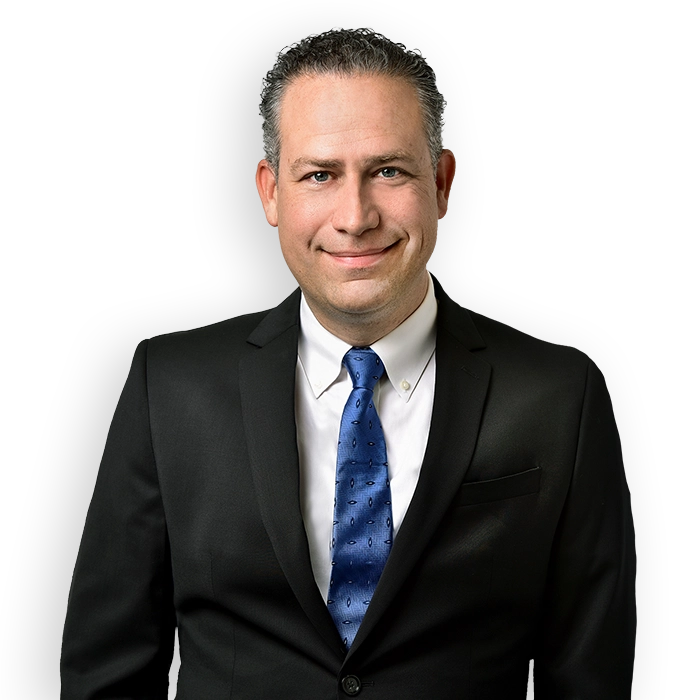What the Tax Cuts and Jobs Act of 2017 means for Tax-Exempt Health Care Entities

Tax reform proposals leading up to the Tax Cuts and Jobs Act of 2017 (the Act) included a number of provisions that would have profoundly impacted tax-exempt organizations and their donors. The good news is that many of those reform proposals did not make it into the Act. However, the Act does include provisions that have significant consequences for tax-exempt hospitals, health systems, community clinics and other nonprofit providers relating to executive compensation and unrelated taxable business activities.
Excise Tax on Executive Compensation over $1,000,000 and Excess Parachute Payments
The Act imposes on all tax-exempt employers an excise tax, payable at the new corporate tax rate of 21%, on (1) the amount of compensation over $1,000,000 paid to a “covered employee”, and (2) any “excess parachute payment” made to any covered employee. Internal Revenue Code Section 4960. The new excise tax applies to amounts paid by an exempt organization after December 31, 2017. The excise tax is payable by the organization, not the covered employee.
Covered Employee
A “covered employee” is any employee or former employee that (1) is one of the five highest compensated employees of the tax-exempt organization during the tax year, or (2) was a covered employee of the tax-exempt organization or any predecessor for any preceding tax year beginning after December 31, 2016. This “look back” concept means that an exempt organization may have more than 5 covered employees in any particular year. For example, if Smith was one of the five highest paid employees in 2017 and retired during 2017, Smith is a covered employee in 2018, along with the 5 highest compensated employees who remain employed in 2018.
Compensation
Compensation for purposes of the excise tax includes wages, bonuses, and other taxable compensation, but also includes any form of deferred compensation when it becomes vested, whether or not it is paid. Deferred compensation subject to Section 457(f) of the Internal Revenue Code will be subject to the excise tax when it becomes vested. Related employers are aggregated for purposes of determining the total compensation paid to an executive, so that splitting the payments among related entities will not avoid the excise tax.
However, compensation attributable to medical services performed by licensed physicians or other licensed medical professionals solely for the performance of professional medical services is not subject to the excise tax. The excise tax is aimed at compensation for administrative and executive services. This means that if a nonprofit hospital pays more than $1,000,000 to each of 5 physicians solely for their provision of professional medical services to hospital patients in 2018, and pays each member of its executive team (e.g., the CEO, the COO, the CFO the CNO) under $1,000,000 in the same year, it would have no covered employees (assuming no excess parachute payments are made during the year).
Excess Parachute Payment
“Excess parachute payment” means any payment triggered by separation from employment which exceeds three times the five year average of the employee’s annual total compensation. Payments made under a qualified retirement plan are not included, nor are payments made under plans governed by Sections 403(b) or 457(b) of the Internal Revenue Code.
Planning Considerations
For new arrangements that could trigger the excise tax, tax-exempt organizations should be even more rigorous about establishing the rebuttable presumption of reasonableness under Section 4958 of the Internal Revenue Code, carefully documenting the board approval process and the information that the board relied upon in approving new arrangements.
Finally, tax exempt organizations should maintain a list of covered employees, including those of related organizations, and monitor the total amount of compensation paid. The Act states that Treasury regulations will be issued to prevent avoidance of the excise tax, addressing such things as attempting to treat a covered employee as an independent contractor and providing compensation through a pass-through entity. Guidance is also expected regarding the Act’s definition of related employers and allocation of the excise tax among related employers.
Changes to Calculation of Unrelated Business Income
The Act of 2017 made significant changes to the computation of the unrelated business taxable income for tax years beginning after December 31, 2017.
Calculation of UBIT Separately for Each Line of Unrelated Business
A tax-exempt organization must now compute unrelated taxable business income separately for each unrelated business. Internal Revenue Code 512(a)(6). Previous law allowed tax exempt organizations to use a deduction from one unrelated business to offset income from another unrelated business. It is not yet clear what distinguishes separate lines of unrelated business, pending further guidance from the Internal Revenue Service.
Nonprofit healthcare providers should consider (a) reviewing all their unrelated business income producing activities in order to identify and assess deductible expenses attributable to each activity, and (b) consolidating multiple unrelated businesses into a single taxable corporate subsidiary so that deductible expenses can again be aggregated and used to offset income from all unrelated business activities.
Net Operating Loss Deductions
Carrybacks of net operating losses (NOLs) incurred in 2018 and beyond are no longer permitted (previously, NOLs could be carried back 2 years to offset income recognized in the past). In addition, the carryforward of any NOL incurred in 2018 or later may be used against only 80% of taxable income (under prior law, NOLs could be used to offset 100% of income). Because NOLs can no longer be used to entirely eliminate income produced by an unrelated business, tax-exempt organizations with significant NOL carryforwards may become subject to a tax on at least 20% of their unrelated business income.
Inclusion of Certain Fringe Benefits in Unrelated Business Income
A tax-exempt organization’s unrelated business income must now include any amounts it pays for certain fringe benefits offered to employees (if the amounts would not be deductible under Section 274 of the Internal Revenue Code). Internal Revenue Code 512(a)(7). Triggering fringe benefits include qualified transportation fringe benefits (Code section 132(f)), qualified parking (Code section 132(f)(c)(5)), and on-premises athletic facilities (Code section 132(j)(4)(B)), if not directly connected to an unrelated trade or business. Further guidance is expected in the form of Treasury Regulations addressing these inclusions. Tax-exempt employers providing any of the triggering fringe benefits should consider eliminating them, replacing them with higher compensation or other benefits that do not trigger the tax.
Excise Tax on Investment Income of Private Colleges and Universities
A new excise tax on university endowments could affect academic medical centers. Internal Revenue Code section 4968 imposes an excise tax of 1.4% on the net investment income of any private college or university (but not state or community colleges) with 500 or more students, at last half of whom are located in the United States, if the private college or university has investment assets with a fair market value of at least $500,000 per student. Special rules aggregate investment assets for organizations related to the college or university, making it difficult to restructure endowments to avoid the tax. Treasury regulations are expected to provide guidance on the distinction between investment assets and assets used in carrying out an educational purpose and the definition of net investment income. Academic medical centers with more than 500 students should review their endowment portfolio with a tax adviser who is familiar with the net investment excise tax rules for private foundations (the new excise tax was modeled after the private foundation excise tax contained in Internal Revenue Code section 4940(c)).
For more information, please contact Terri Wagner Cammarano, David Hatch or Brett Moodie in Los Angeles at 310.551.8111; Stephen Philips in San Francisco at 415.875.8508; Amy Joseph in Boston at 617.532.2702; or Robert Roth in Washington, D.C. at 202.580.7701.
